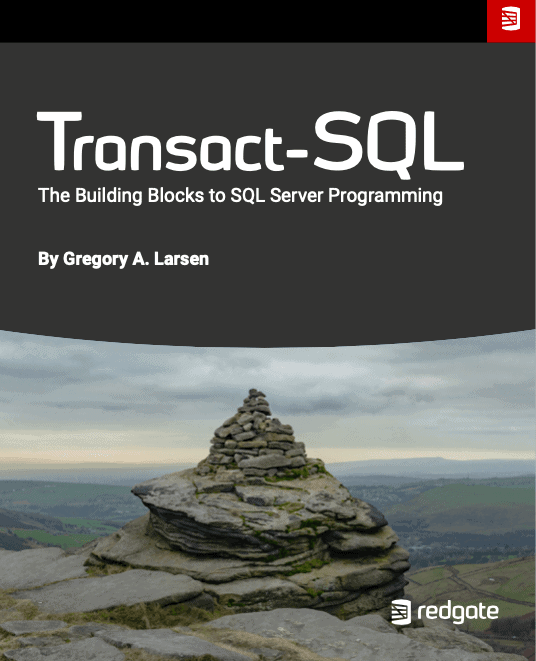Stairway to Advanced T-SQL Level 9: Compare, Modify, Derive and Validate Date and Time Values
When you build applications that store data in SQL Server you will most likely have to store dates and times, and you’ll call functions to do date manipulations. It is important to understand the different date and time data types, and when to use one data type over another. In this level I will be exploring the different date and time data types and discussing when each type is appropriate.
2024-09-25 (first published: 2015-11-25)
13,696 reads

